It’s kind of obvious, I guess, but at the end of the day, photography is all about light. Pure and simple.
Forget the plethora of modern cameras, lenses, gizmos and gadgets that act as a very effective distraction – the essence of image-making really hasn’t changed since the dawn of photography.
And isn’t it so often the way that we forget the roots of our activities all too easily? I’m as guilty as the next man, of course, but in writing such articles as this one, I like to think I can address the balance and keep myself grounded from time to time. Likewise, the same was true when Hugh Graham and I talked along similar lines.
But let’s get straight to the point.
The fact is, our light source is always right there in the sky, always on hand in the camera bag when we need to add a little more illumination to a scene. Exposure meters do a great job of giving us the right calculations 99% of the time, to within 2 f-stops; shoot in RAW (if you don’t, why not?!) and you can easily rescue your pictures after the event if they are slightly off the mark.
There’s a lot of talk on- and offline about proper exposure technique. Fair point; it is the basis of what we do, after all. But this can actually be summed up without much drama: give your sensor either too much- or too little light and you’re not going to get the correct results. Of course, just what constitutes ‘correct’ is a matter of opinion – and therein lies the beauty of our craft. Perhaps a better way of putting it would be to refer to ‘getting the results you want’.
There comes a time when photographers need to remind themselves that photography – the act of constructing a photograph – is a very fluid process. In my early days, back when I was the archetypal amateur, I used to delight in the results I saw when trying this or that technique, very often with lighting considerations in mind. Such successes (and also failures) fueled my creativity, pushing me to turn out increasingly proficient pictures.
Here’s something you might not know: there was a time when I hated flash photography. Well, not ‘hated’ it, per se, so much as feared it. In hindsight, I can now see that this was actually just a reflection of the fact that I didn’t understand it. But I practised, practised, practised, learning from my mistakes, making notes of every picture I shot. These days, flash excites me – I love the process of building up the light in a scene until I get the results I want.
Working with existing light, too, offers many challenges, especially at night. With a limited range of tones, we’re forced to make the most of highlights and shadows, using them to bring out the form of our subjects and convey our message. How much detail you can see is very often as important as how much you can’t.
As the days get darker and colder and you’re questioning whether to head out on photography adventures this winter, always remember that a lack of light can very often play into your hands – just as much as having plenty at your disposal can.
Work with your you’ve got. Think creatively. And most importantly – have fun!

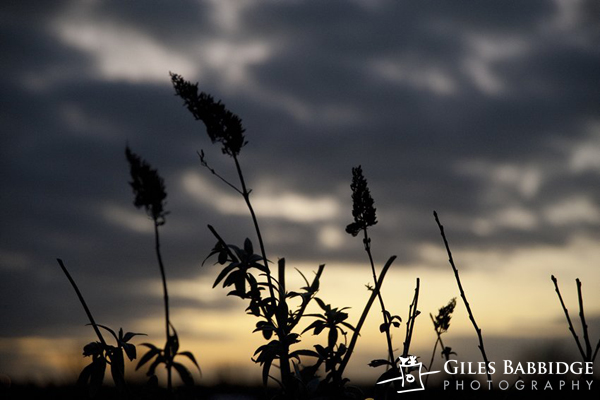
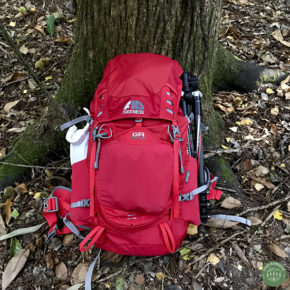


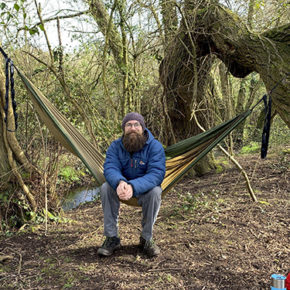
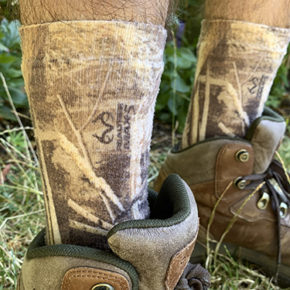
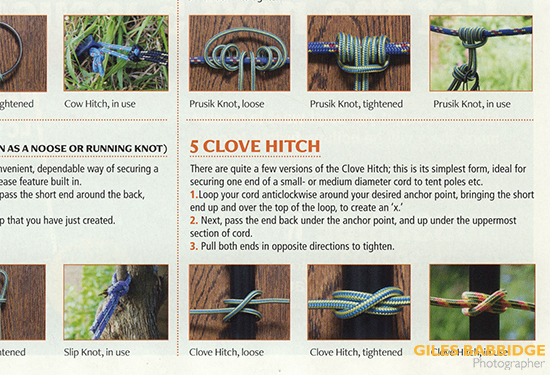


Well written and great points! Your vision for an image is all that you should be concerned with, not what others deem ‘correct’. Good stuff!
Thanks, Jim. If more photographers appreciated such sentiments, they might find their photography more fulfilling, don’t you think?!